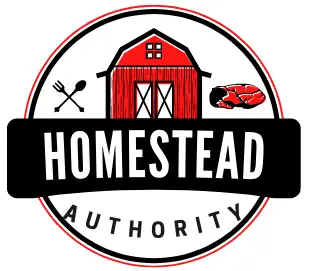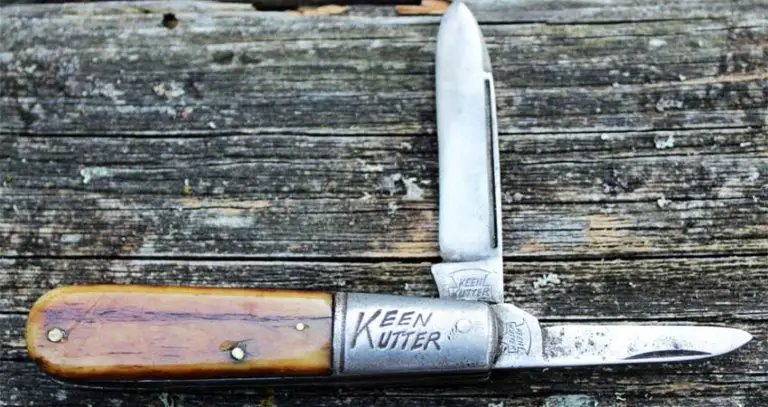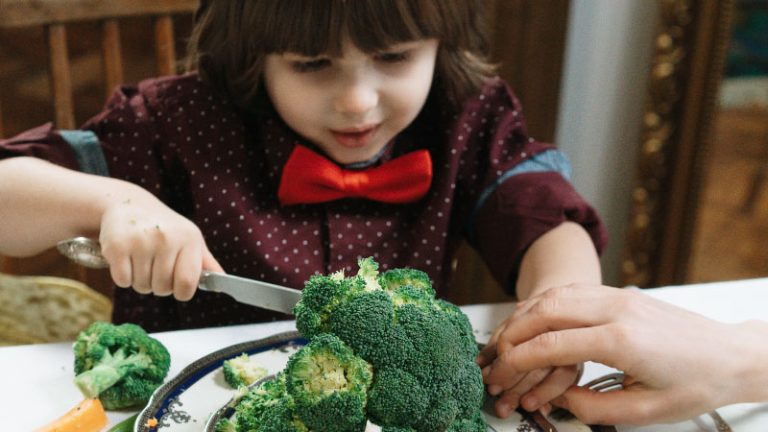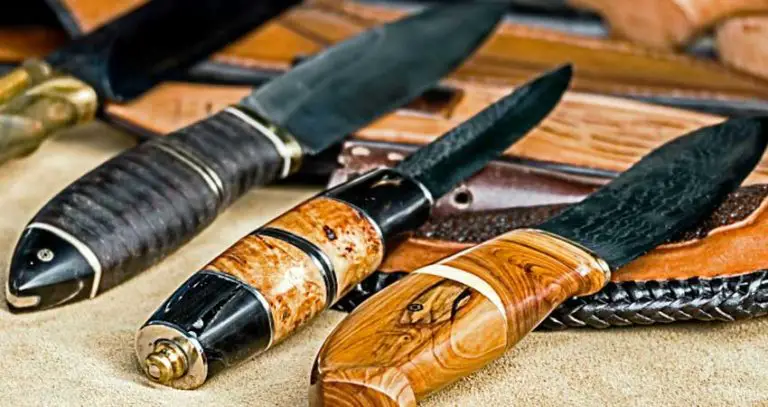Expert Advice on Case Knife Identification and Value Determination
Ascertaining the identity and value of Case knives is a complex task. With more than a century of heritage and various models and designs, it can be tough to know where to start.
Here’s expert advice on Case knife identification and value determination. You can often identify a Case knife by the tang stamp marking containing the manufacturer’s logo, model number, and year of manufacture. Use these to determine the knife’s authenticity and age, which can significantly impact its value.
This guide will help you to confidently identify and assess the value of any Case knife you come across. I’ll show you how to decode Case knife patterns and determine if it is legit.
Expert Advice on Case Knife Identification and Value Determination
The tang is often stamped with a manufacturing date (alongside the logo) and a unique numbering system. Let me show you how to read the two.
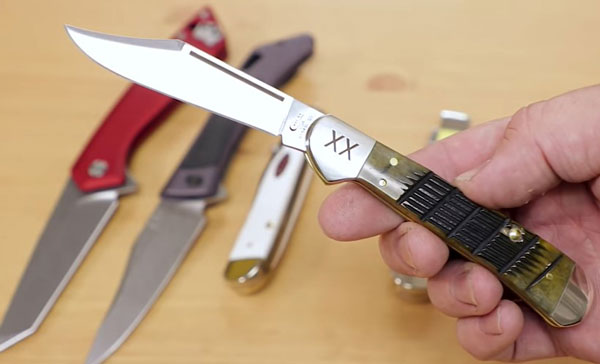
Date Stamp (Year Identification)
The date stamp indicates the year of manufacture. It’s often a bunch of “X” letters and dots. And the positioning and number of X’s and dots in reference to the logo vary depending on the era in which the knife was manufactured.
| Year | Interpretation |
|---|---|
| Until 1903-1904 | “CASE & SONS BRADFORD, PA” |
| 1905-1914 | “W.R. CASE & SONS CUTLERY CO. BRADFORD, PA” |
| 1905-1920 | Represented by four different stampings: “CASE XX”, “CASE BRADFORD, PA” in two lines, “CASE BRADFORD PA” in three lines, and “CASE’S BRADFORD, PA” |
| 1914-1920 | “CASE XX TESTED” inside a circle or oval |
| 1920-1923 | “STANDARD KNIFE CO” |
| 1920-1940 | Two different stampings: “CASE TESTED XX” with a long tail “C” and “CASE” |
| 1935-1940 | CASE with 25¢ or 50¢ |
| 1942-1945 | “CASE XX METAL STAMPINGS L.T.D.” |
| 1940-1950 | “CASE’S TESTED XX” |
| 1947-1952 | “CASE’S STAINLESS” |
| 1940-1964 | Bold “CASE XX” in two lines |
| 1950-1964 | “CASE XX STAINLESS” |
| 1965-1969 | “CASE XX U.S.A.” in two lines or “CASE XX STAINLESS U.S.A.” in three lines |
| 1970s | A particular hallmark of knives from the 70s is the U.S.A. The 1970 variant displays 10 dots, and one dot is taken away in the following years |
| 1980s | The dots are above the USA mark. And the 1980 version has 10 dots. One dot is removed each subsequent year |
| 1990-1993 | Knives in this era have an actual date stamp with the USA mark in between. For instance, the 1992 version is marked “19 USA 92” |
| 1993-1999 | The “CASE” logo has a longtail “C” with dots under the USA mark |
| 2000-2009 | The 2000-era knives have 5 dots and 5 X’s. A dot is removed each subsequent year, from 2001-2005. An X is removed each subsequent year, from 2006-2009 |
| 2010-2019 | 2010 knives use the same dating system as the 2000 version ( 5 dots and 5 X’s). However, the longtail “C” in the “CASE” logo is bold. A dot is removed each subsequent year, from 2011-2015. An X is removed each subsequent year, from 2016-2019 |
| 2020-2029 | The 2020 version has 5 dots above the “CASE” logo and 5 dots under the “CASE” logo. A dot is removed each subsequent year, from 2021 to 2029 |
Unique Numbering
WR Case Knives are also stamped with a unique numbering system. The number often comes after the date stamp.
The first digit represents the handle material. However, it can be a letter in some cases. The next digit denotes the number of blades, and the last two digits specify the pattern number.
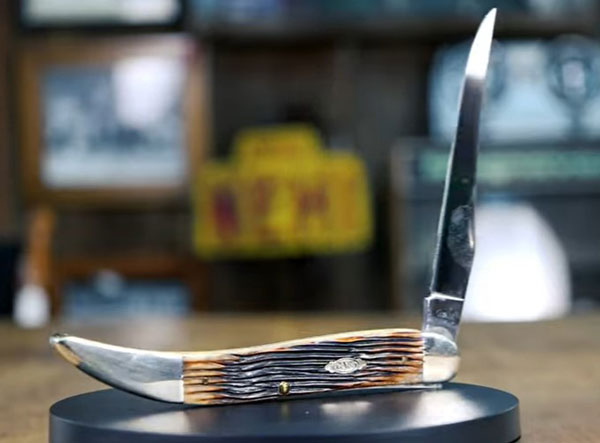
For example, a unique lettering “6107” means a jigged handle (synthetic, bone, or laminate), one blade, and a Mini Trapper pattern.
Here’s a table of handle materials and corresponding letters and digits.
| Digit/Letter | Handle Material |
|---|---|
| 1 | Solid hardwood |
| 2 | Synthetic Thermoplastic Rubber (Smooth Black) |
| 3 | Smooth Yellow Synthetic |
| 4 | Smooth Synthetic |
| 5 | Genuine Stag (vary in color and texture) |
| 6 | Jigged (Bone, Synthetic, or Laminate) |
| 6.5 | Bone Stag (treated genuine jigged bone) |
| 7/P | Rosewood, Curly Maple, or Smooth Laminate |
| 8 | Genuine Mother-of-Pearl (organic shell material, such as snail shell) |
| 9 | Imitation Mother-of-Pearl |
| 10 | Micarta (treated, reinforced laminate material), G-10 (glass-based epoxy resin laminate) |
| I | Ivory, or Imitation Ivory |
| EX | Exotic handle material, such as Ostrich leg bone and Giraffe shin bone |
Here’s a table of Case knife pattern numbers and corresponding digits. However, the list is not exhaustive because of the multitude of options out there. You can refer to Case Pattern for a more comprehensive list.

| Pattern Number | Name |
|---|---|
| 01 | Pen |
| 07 | Mini Trapper |
| 08 | Half Whittler |
| 011 | Pruner’s Knife |
| 15 | Gunstock |
| 18 | Med. Stockman |
The unique numbering may include letters at the end. For example, 61549LSS. The “L” signifies the locking blade, while SS is the blade material; in this case, Stainless Steel. Other popular blade materials include Chrome vanadium (CV), Damascus (DAM), and BG42.
Appraising Case Knives
Now that you’ve identified your Case knife, how do you value it? When appraising a Case knife, there are several factors to consider:
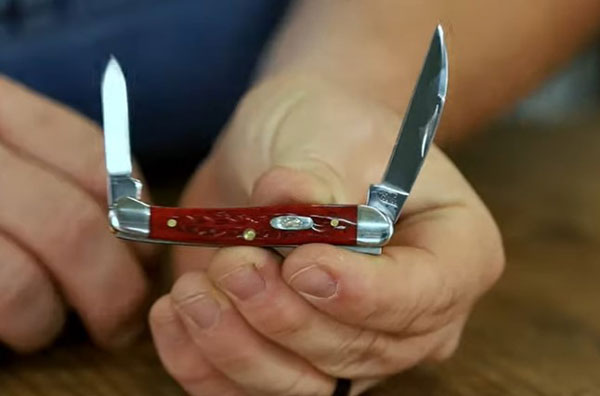
Age & Condition
The knife’s condition is one of the most important factors in determining its value. A knife in excellent condition with no signs of wear or damage will generally be worth more than one heavily used or damaged. The knife’s age is also essential in determining its value. Oder Case knives are generally more valuable than newer ones, especially if they are in good condition.
Rarity
Some Case knives were produced in limited quantities, making them rare and more valuable. Additionally, some models and designs are more sought after by collectors than others, which can drive up their value. Look for information on the specific knife model and production year to determine its rarity.
Materials
The materials used in the knife can also impact its value. For example, knives with high-quality steel blades or exotic handle materials may be worth more than those with more common materials.

Historical significance
Some Case knives have unique historical significance, such as those used in wars or owned by famous people. Collectors highly seek such knives and may command a premium price.
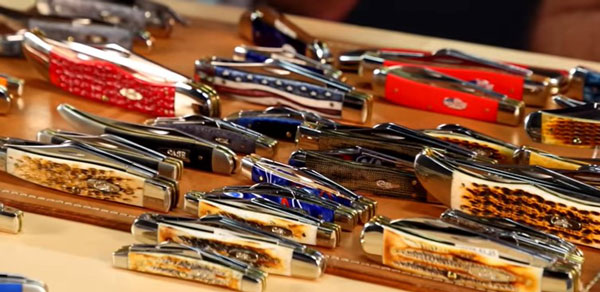
So, when appraising a Case knife, it is important to consider all these factors to determine its value accurately. It may also be helpful to consult with experts in the field or refer to price guides and auction results to get a sense of current market values.
FAQs
Let’s have a look at these commonly asked questions regarding Case knife identification.
Q: How do you identify Case knives?
You can identify Case knives by the stamp pattern on the blade’s tang. This unique stamping pattern makes it easy to discern what kind of Case knife you have.
Q: What does XX mean on the CASE knife?
It indicates double-tempered steel. Customers who see the double X know that they are getting a knife made to high standards.
Q: Do Case knives hold value?
Case knives, especially limited editions, are highly collectible and sought after. These knives are often appreciated in value over time.
Conclusion
Decoding the unique stamping pattern on the blade’s tang is an easy way to identify what type of Case knife you have. This unique stamp indicates the date of manufacture, knife material, number of blades, and type of pattern.
Generally, the value of a Case knife will depend on factors such as the condition, age, rarity, material, historical significance, and collectibility. Additionally, as with any collectible item, the value of a Case knife can be affected by market demand and other economic factors.
